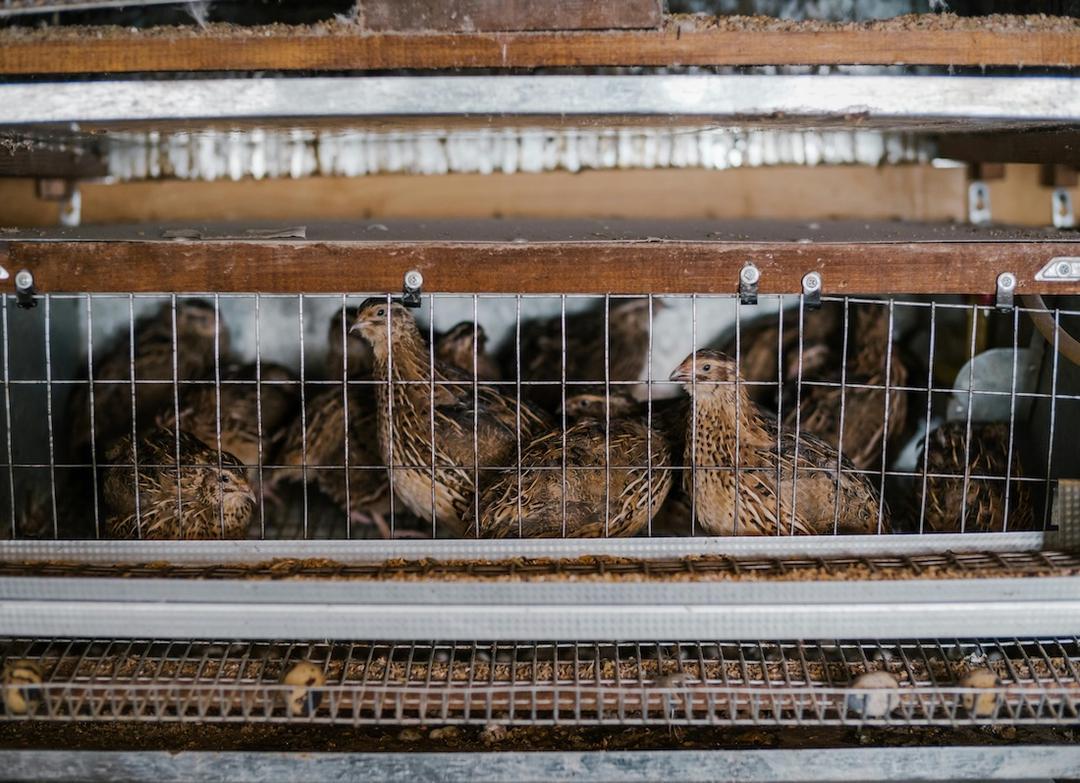Thinking about raising butterflies at home or in class? Butterfly kits can spark wonder—but they also raise important ethical and ecological questions. This guide breaks down the pros, the concerns, and what you can do to engage with butterflies in a way that’s responsible, educational, and inspiring.
🦋 Why Butterfly Kits Are So Popular
Watching caterpillars transform into butterflies feels like pure magic. Kids see life unfold before their eyes, often right on a windowsill or classroom counter. It’s easy to see why these kits are a favorite for parents, teachers, and anyone hoping to bring science to life.
But behind the excitement are real questions worth asking:
- Where do the caterpillars come from?
- What happens when we release them?
- How do these kits affect wild butterfly populations and research efforts?
Understanding both the benefits and the risks can help you make an informed choice.
🔍 The Ethical Concerns Behind Butterfly Kits
Most butterfly kits use caterpillars bred in captivity and shipped nationwide. Even when the butterflies are released, concerns remain about their impact on wild populations and ecosystems:
- Disease transmission: Captive-reared monarchs are more likely to carry parasites that can spread to wild populations.
- Genetic diversity: Breeding in captivity may reduce genetic diversity and affect survival or migration patterns.
- Research disruption: Mass releases can interfere with scientific tracking and population studies.
- Short-term thinking: Without context, kits risk framing butterflies as temporary entertainment rather than living creatures deserving care.
🫳 What the Experts Say
Conservation groups differ in their stance on butterfly kits. Here’s a snapshot:
| Group | Position on Kits | Recommendation |
| Xerces Society | Strongly against | Focus on habitat restoration |
| North American Butterfly Assoc. | Strongly against | Avoid releases altogether |
| Monarch Watch | Cautious acceptance | Use kits in moderation + plant habitat |
For more detail, see our companion post: What the Experts Say About Raising Butterflies.
🧠 The Emotional & Educational Value
It's clear that butterfly kits can:
- Spark curiosity and a sense of wonder
- Teach patience, observation, and responsibility
- Encourage kids to care about nature and conservation
But when used casually—without context or follow-up—they risk becoming little more than short-lived entertainment. Framing the experience intentionally makes all the difference.
📆 Guidelines for Responsible Use
If you choose to use a butterfly kit, follow these best practices to reduce risks and boost educational impact:
✅ Quick Self-Check Before Using a Kit
☑ Raise fewer than 10 butterflies at a time
☑ Limit to one generation per year
☑ Pair the experience with native habitat planting
☑ Buy from suppliers who screen for parasites
The more thoughtfully you approach the project, the more meaningful it becomes.
🌿 Alternatives (or Add-Ons) to Butterfly Kits
You don’t have to raise butterflies to help them thrive—or to give kids a meaningful experience with pollinators. Try:
- Planting a butterfly garden or pollinator patch at home or school
- Joining citizen science efforts like Monarch Watch tagging or iNaturalist
- Visiting a local butterfly farm or habitat to see butterflies in their natural environment
These activities build lasting impact while connecting kids to real-world conservation.
🌍 Where to Go From Here: Different Paths, Same Goal
Butterfly kits bring up real questions about ethics, conservation, and learning value. But there isn’t just one way to approach them—or one right answer.
Whether you:
- Raise a few butterflies with clear context about where they come from and how to support wild populations,
- Plant native flowers or milkweed to help pollinators year-round,
- Join a citizen science project like Monarch Watch tagging or iNaturalist,
- Visit a local farm or pollinator habitat where experts can guide the learning experience,
…each path offers its own way to spark curiosity, teach responsibility, and connect kids with the natural world.
The choice isn’t about following one rule—it’s about finding the experience that aligns with your values, your students’ interests, and the bigger picture of caring for pollinators.
👉 If you want to go deeper:
- Butterflies as Pollinators: What Do They Do for Farms? explores how butterflies support crops, ecosystems, and education.
- What the Experts Say About Raising Butterflies summarizes leading conservation perspectives so you can make informed choices.
- Luffa in Texas: From Bath Sponge to Farm Economy & Pollinator Hero shows how a simple plant like luffa becomes a late-season pollinator ally and fits into sustainable farm education.
Together, these resources help you weigh ethics, education, and ecological impact—without prescribing one path. The goal is to equip you with options so you can design an experience that fits your values, your students’ interests, and the bigger picture of caring for pollinators.





